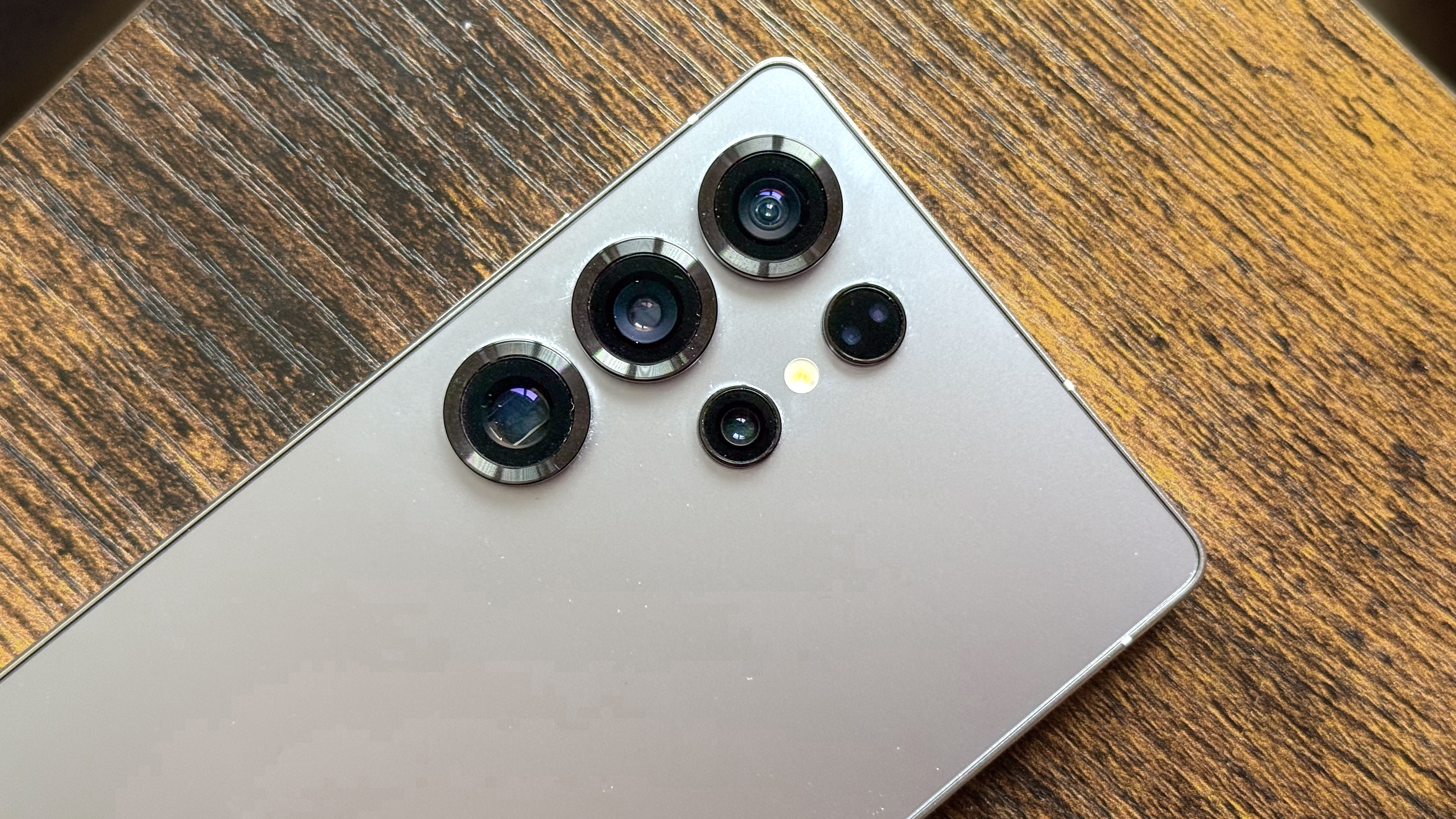Looks like this big MacBook upgrade has been pushed back to 2027
OLED displays won’t arrive for four years, says analyst

There’s good news and bad news in Omdia’s latest analysis of Apple’s OLED plans, as reported by The Elec.
The good news is that the OLED iPad Pro is still on target for its long-rumored 2024 release, with the 11- and 13-inch panels due to go into production in the first quarter of next year.
The bad news is that this has apparently had a knock-on effect on Apple’s plans elsewhere. The first MacBook with OLED — originally expected for 2026 — has reportedly been pushed back a year. That still puts Apple on target to have almost all MacBooks and iPads with OLED screens by 2027, of course.
The reason is the more advanced manufacturing process required, with The Elec stating that the low-temperature polycrystalline silicon (LTPS) TFT technology for the eighth-generation OLED line is yet to be developed.
With the report highlighting recent sales figures for MacBooks as “sluggish,” the priority would likely be iPads anyway. The Elec says MacBook production is expected to drop by 21% year-on-year to around 20 million units.
Of course, this flies in the face of another rumor — originally reported by The Elec too — that next year would see the MacBook Air adopt OLED as a test bed for other laptops. There’s no mention of that in the latest piece, and Omdia’s forecasts could still be wrong. We shall just have to see.
While the best iPhones and the Apple Watch already use OLED screen technology, Apple’s tablets and laptops do not — and some still use regular LCD panels.
Sign up to get the BEST of Tom's Guide direct to your inbox.
Get instant access to breaking news, the hottest reviews, great deals and helpful tips.
OLED is a big step up on this, offering richer colors, deep blacks and unbeatable contrast thanks to pixels that are self-illuminating, rather than relying on a backlight.
Of course, Apple’s iPad Pros and top-end MacBook Pros have already seen one big screen tech upgrade, with the most recent tablets like the iPad Pro 2022 adopting mini-LED displays. As the name suggests, these have far smaller LED backlights for more controlled color, brightness and black levels.
While still not as highly regarded as OLED, they offer some advantages, especially in terms of brightness. The threat of burn-in, which still scares some people out of adopting the best OLED TVs, is also a non-issue.
If the report is correct, we’ll see whether OLED is a big improvement for Apple’s bigger-screen devices when it arrives on next year’s iPad Pro. If it is, the wait for the 2027 MacBooks might feel like an eternity.
More from Tom's Guide
Freelance contributor Alan has been writing about tech for over a decade, covering phones, drones and everything in between. Previously Deputy Editor of tech site Alphr, his words are found all over the web and in the occasional magazine too. When not weighing up the pros and cons of the latest smartwatch, you'll probably find him tackling his ever-growing games backlog. Or, more likely, playing Spelunky for the millionth time.

